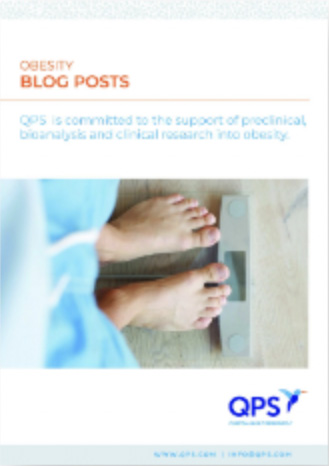Prion diseases are rapidly progressive, neurodegenerative disorders caused by infectious protein particles called prions. While these diseases can affect both humans and animals, they are quite rare. Creutzfeldt-Jakob disease (CJD) may be the best-known prion disease due to its association with the “mad cow” outbreak of the late 1990s and early 2000s. Now, CJD has residents of a small Oregon county on edge. Health officials in Hood River County, Oregon, report that three residents in the area have contracted CJD in recent months, with two reported fatalities and no known connection between the cases. Given past concerns surrounding prion disease in humans, should health officials be concerned about this strange prion disease outbreak?
Should We Be Worried About Prion Disease?
Prion diseases such as CJD are caused by a misfolded version of the naturally occurring prion protein. As these misfolded proteins accumulate, replicate, and spread, rapid brain damage and death invariably follow. Prion diseases are extremely rare; CJD is the most common prion disease, but it still only affects about one in one million people around the world. Per the National Institutes of Health (NIH), only about 350 cases are diagnosed in the United States each year. With those odds, it’s easy to see why health officials may be concerned about the recent outbreak, particularly in such a small geographic area. With three cases in an area with a population of around 24,000 people, the statistics are alarming.
How Are Diseases Like CJD Transmitted?
To understand how rare prion diseases truly are, it’s helpful to explore how these diseases are transmitted between humans and animals.
Many CJD cases are transmitted by consuming contaminated meat. The most infamous CJD outbreak was caused by tainted cow meat, which spread what is now known as variant CJD, or “mad cow disease.” The outbreak led to numerous deaths in Great Britain and contributed to a years-long ban on the export of beef from Britain.
However, the individuals in Hood River County showed no signs of consuming diseased meat. Of course, there are other avenues for CJD transmission. The disease can be hereditary, which is statistically unlikely given the county’s small population. CJD can also simply occur sporadically for no clear reason, which seems to apply to this scenario. In fact, according to the CDC, most — about 85% — are considered sporadic, meaning they appear with no known cause. Fortunately, there have been no further reports of CJD in this locality.
_____
The Hood River County Health Department has not yet found an “identifiable link between these three cases.” The health department is still monitoring the situation, in conjunction with the Oregon Health Authority (OHA) and the Centers for Disease Control and Prevention (CDC). Fortunately, the risk of CJD to the general public seems to remain very low at present.
Did you enjoy this blog post? Check out our other blog posts as well as related topics on our Webinar page.
QPS is a GLP- and GCP-compliant contract research organization (CRO) delivering the highest grade of discovery, preclinical and clinical drug research development services. Since 1995, it has grown from a tiny bioanalysis shop to a full-service CRO with 1,200+ employees in the US, Europe, Asia, India and Australia. Today, QPS offers expanded pharmaceutical contract R&D services with special expertise in pharmacology, DMPK, toxicology, bioanalysis, translational medicine, cell therapy (including PBMCs, leukopaks and cell therapy products), clinical trial units and clinical research services. An award-winning leader focused on bioanalytics and clinical trials, QPS is known for proven quality standards, technical expertise, a flexible approach to research, client satisfaction and turnkey laboratories and facilities. Through continual enhancements in capacities and resources, QPS stands tall in its commitment to delivering superior quality, skilled performance and trusted service to its valued customers. For more information, visit www.qps.com or email info@qps.com.





